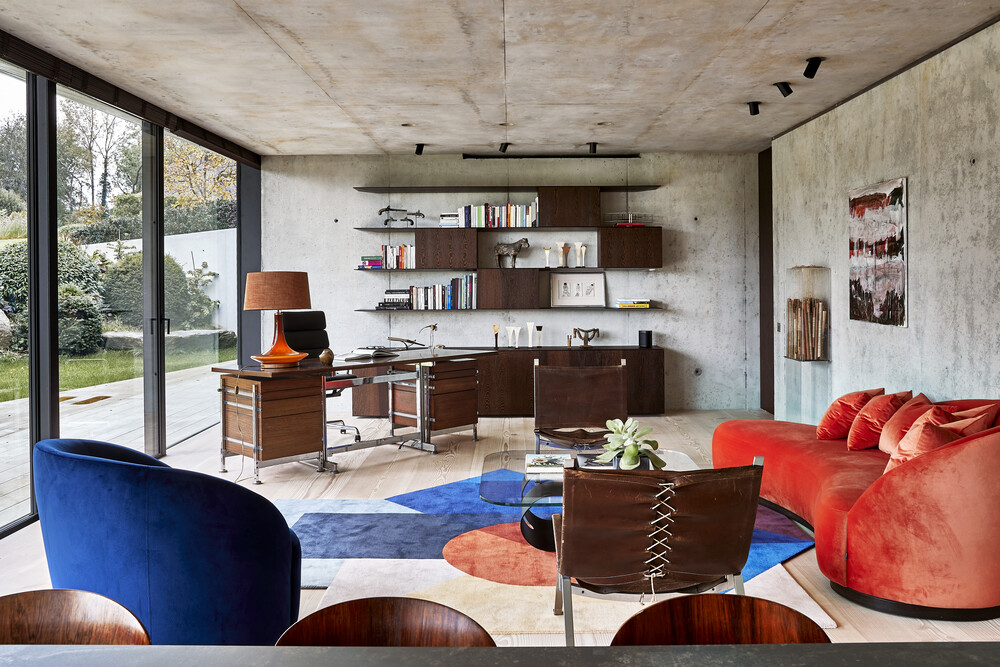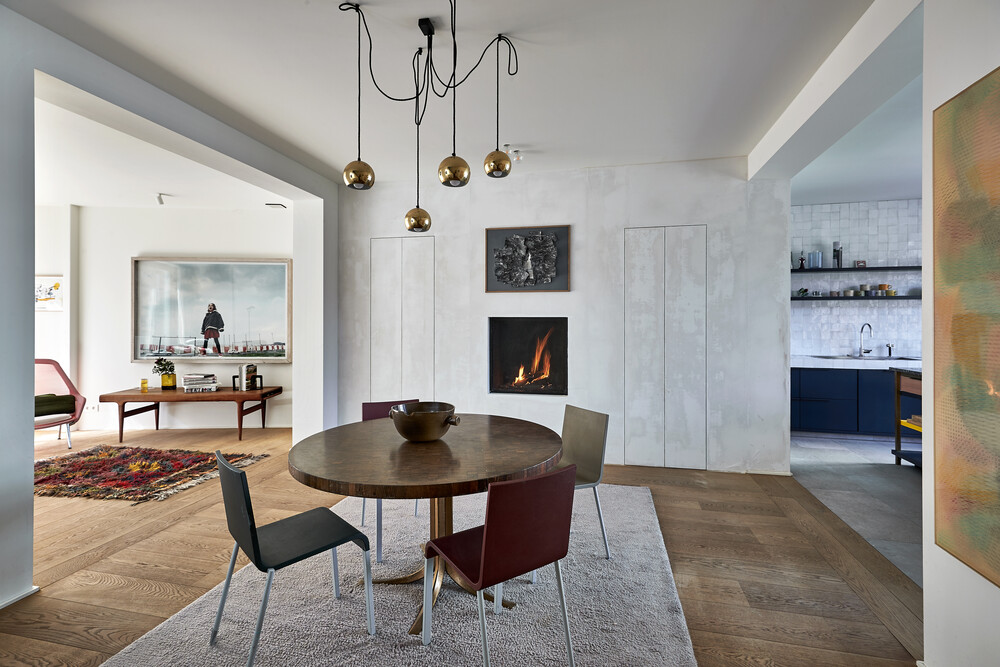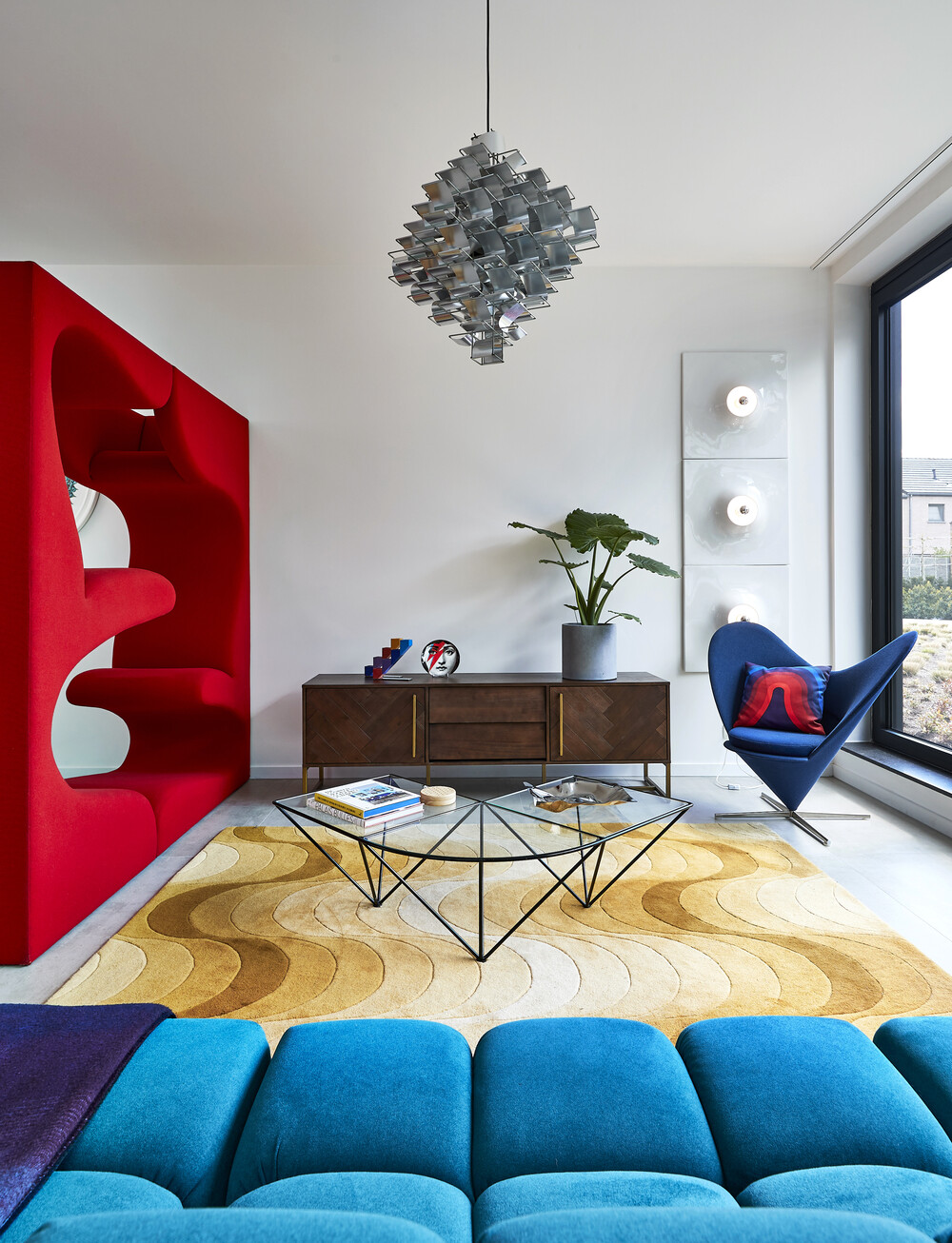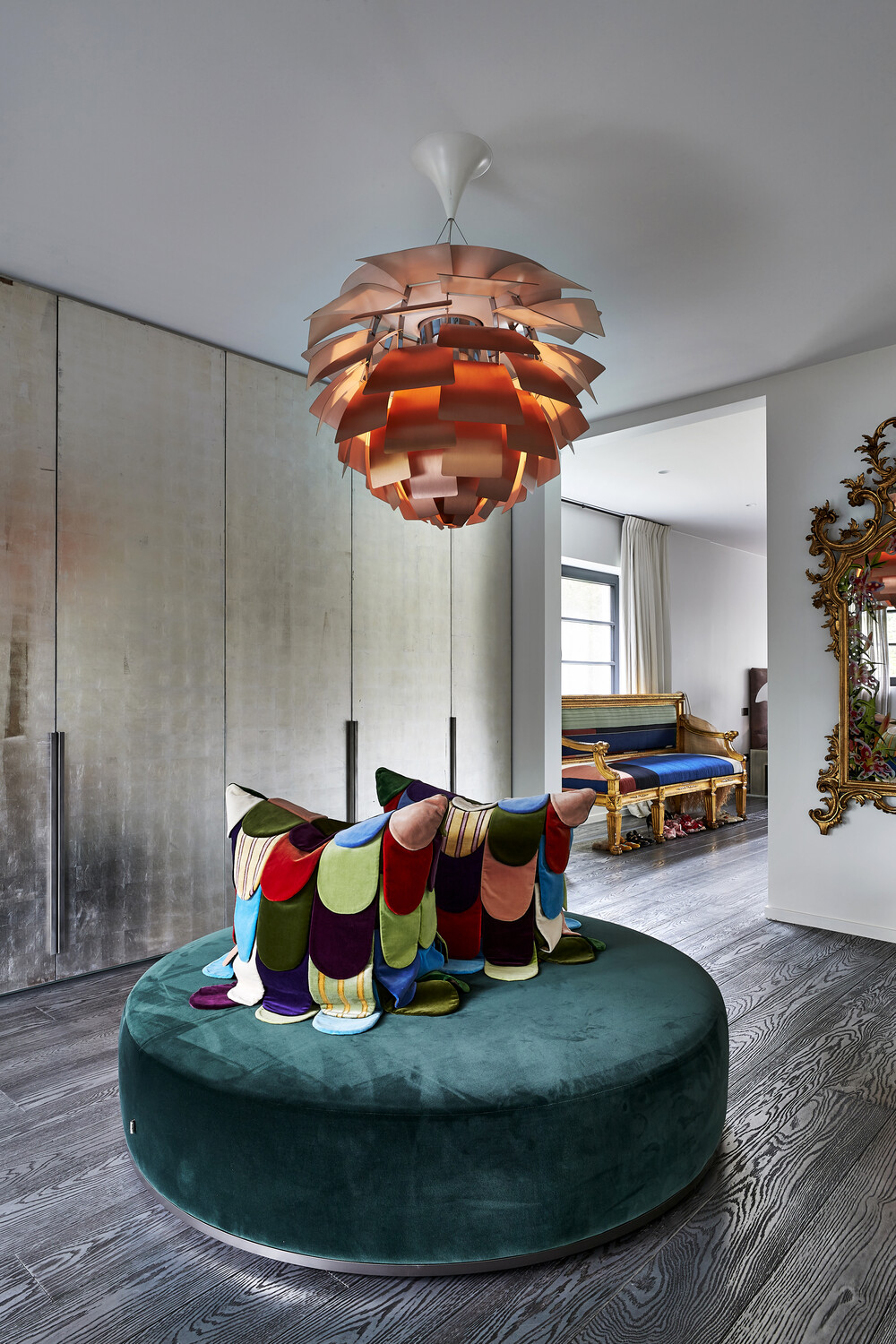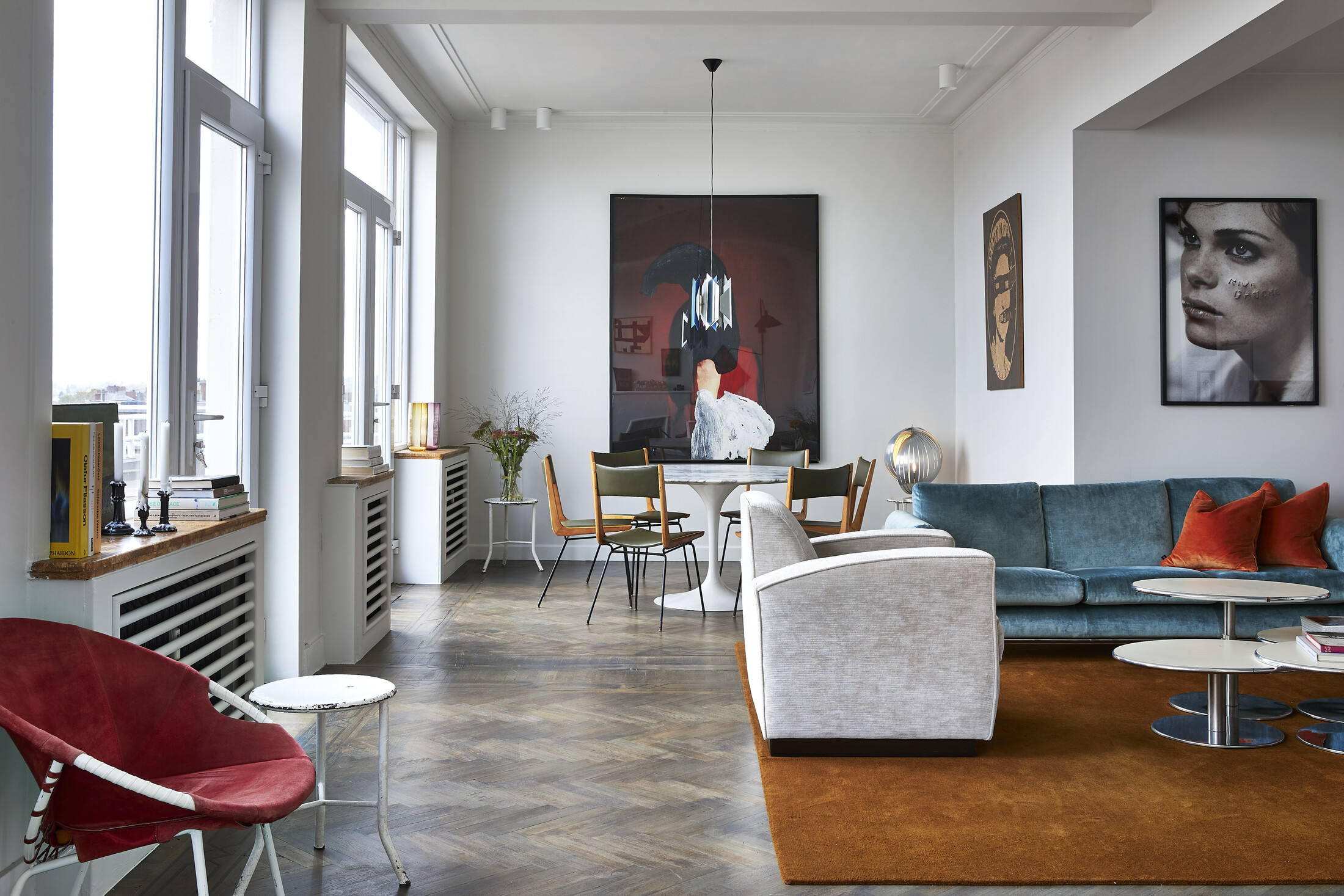
"An art collection sometimes reveals aspects of someone's personality that you would never discover during an ordinary encounter."
Thijs Demeulemeester
Thijs Demeulemeester is a Flemish interior, design and art journalist. He writes among others for the magazines Weekend Knack and the newspaper De Tijd. He has also published several books over the years. On Wednesday November 9th, his latest book Homes for Collectors will be presented at MAD Brussels. Demeulemeester will have a conversation with two collectors about their collection of contemporary art and design, what collecting means to them, what drives them, how they buy and what is the purpose of their collection.
MAD spoke with Thijs Demeulemeester about Home for Collectors, his new book.

You are a design journalist and meanwhile also write design books. Can you briefly explain your career path?
"The advantage of being a journalist or author is that you don't need a specific diploma. Curiosity and the desire to write can go a long way. After studying political and social sciences in Leuven, I did one year of journalism in Brussels. I liked the internship at Weekend Knack so much that I ended up in that lifestyle sector. I have been writing human and accessible stories about architecture, interior design, art and living for 18 years. I still love visiting people's homes and diving into their personal universe for an article. Conversations with (interior)architects also fascinate me as their visions of 'good living' are so diverse. What I myself think about it is less relevant. I mainly want to show talent to the readers and let the most original voices in the field have their say. Of course, I have my own taste, but I also feature stories about architecture or interiors that I would never want to live in myself. "
In your opinion, has the design world changed compared to the design world when you just started your career?
"These are very exciting times for architects and designers. Our world is changing at lightning speed. Both ecologically and socially, there are constantly new challenges, just think of the energy crisis, the skyrocketing house prices, the boom in homeworking or the large number of singles. In reaction to these challenges, designers and architects have to come up with innovative answers that transcend their time. This interests me enormously."
"At the same time, I have a soft spot for modernist heritage and design from the 20ste century. It's fun to look back and see how relevant some architects or designers still are today. I find it valuable to bring stories about modernist homes, prepared for the challenges of the 21ste century. When I started my career, in 2004, vintage design really started to become a trend. Eighteen years later, it has proved to be a keeper. Nostalgia is a key driver in the design world and in the art world anyway. Just look at the market for vintage cars, original cartoons, dinosaur fossils or vintage furniture: those who can afford it like to collect artefacts from their childhood. Many people collect what fascinated them as children."
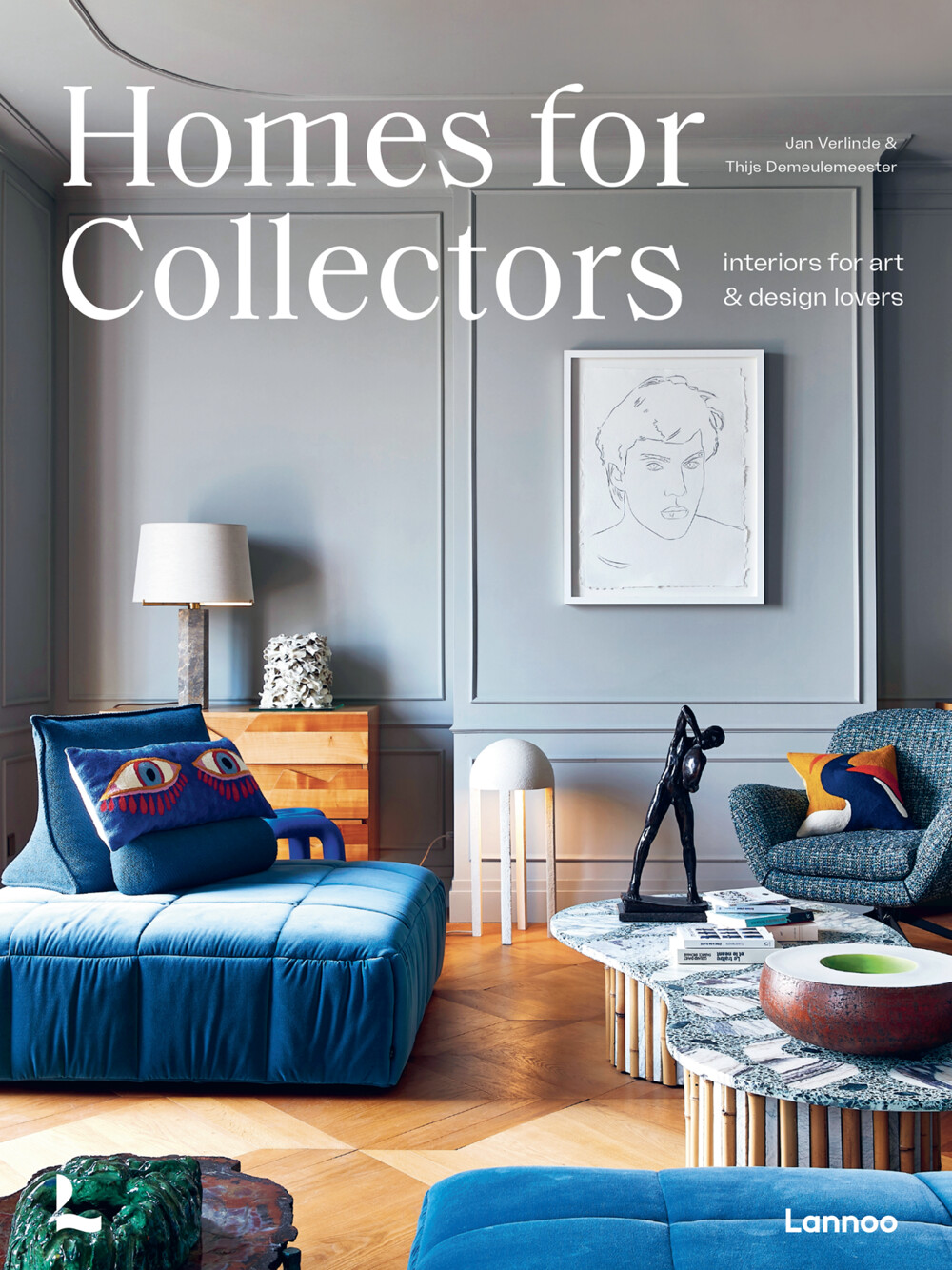
You are releasing a new book called Homes for Collectors. What is it about?
"Together with photographer Jan Verlinde, I visited 19 art and design collectors, each 'co-housing' with their collection in their own way. Art and design are like a pet you have to look after. And each does so in his or her own way. Some people collect out of snobbery, others out of family tradition. For others, it is purely image or investment. Collectors come in all shapes and sizes. But for the book, we chose 19 who live in an inspiring way. Sometimes their home looks like a museum, sometimes their interior is a spontaneous amalgam of disjointed collection pieces. Sometimes the collection is at the service of the architecture, sometimes the collection is completely bursting at the seams. I find this variety fascinating."
How and why did you choose these collectors?
"I have visited around 150 collectors of contemporary art for De Tijd during the past years. Jan Verlinde and I wanted to bring into the book as broad a palette of collectors as possible. From collectors who exclusively buy young contemporary art, to design collectors who focus on one particular period. A collection is often an attempt to gain control over a domain. 'Being big in something small', as Bart Peeters nicely described it. An art collection sometimes reveals aspects of someone's personality that you would never discover in an ordinary encounter. In that sense, the collectors in my book do bare their soul: whoever shows their collection immediately reveals their obsessions, fantasies, frustrations or sensitivities."
Is there one interior that stands out for you?
"I personally like interiors where there is something going on everywhere. Where you can't help but feast your eyes and feel the personality or passion of the owner shining through. In that sense, I am quite attached to the interior featured on the cover. It belongs to a Belgian collector who lives in Paris' Île de la Cité and turned his interior into a 'grand tour' through art history. His flat is perfectly dosed, but filled with interesting design, ceramics and art. That collector eruditely hides references in his interior to classical antiquity, to literature, to contemporary dance, to folklore. A very fascinating universe, utterly unique."
Homes for Collectors is the successor to Homes for Nomads, is there another book in the running?
"As we speak, we are in discussion with Lannoo. I would love to write a book on modernist heritage, renovated in a respectful yet contemporary way. But any other ideas are welcome. Maybe I should throw it into the group at the reading!"
"On another note, I am releasing my first art book for children very soon. I discuss 120 contemporary artworks for children aged 7 to 10. Without difficult words, without the need for prior knowledge. The texts about the artworks start from the children's world. Not from an art-historical perspective. It was quite a challenge to write like this, as it is the opposite of what texts in the art world usually are: hermetic, pompous, inaccessible, pretentious. I think many adults will also secretly enjoy looking at art in a 'naive and childlike' way for a change. They will undoubtedly learn a lot."
